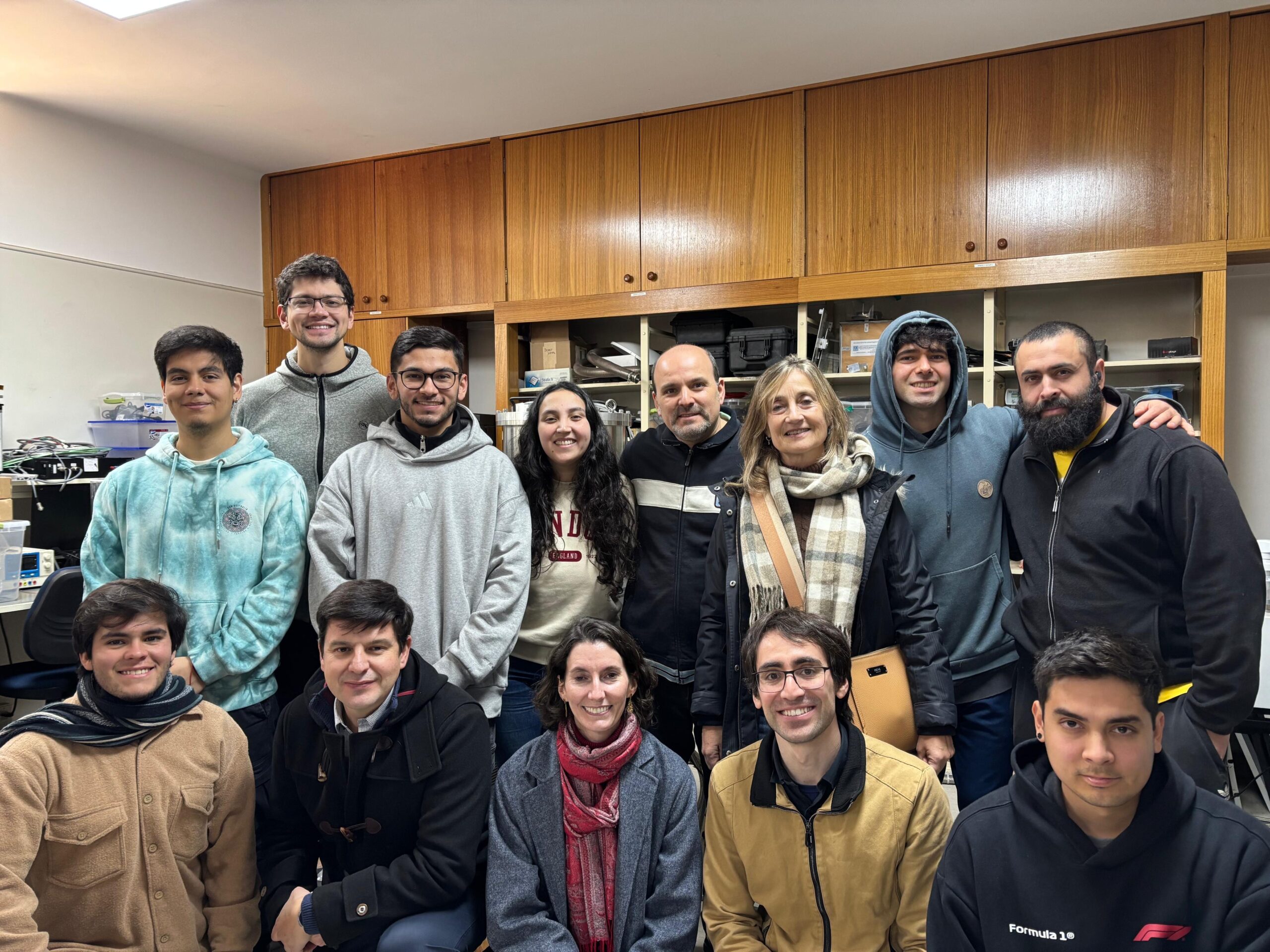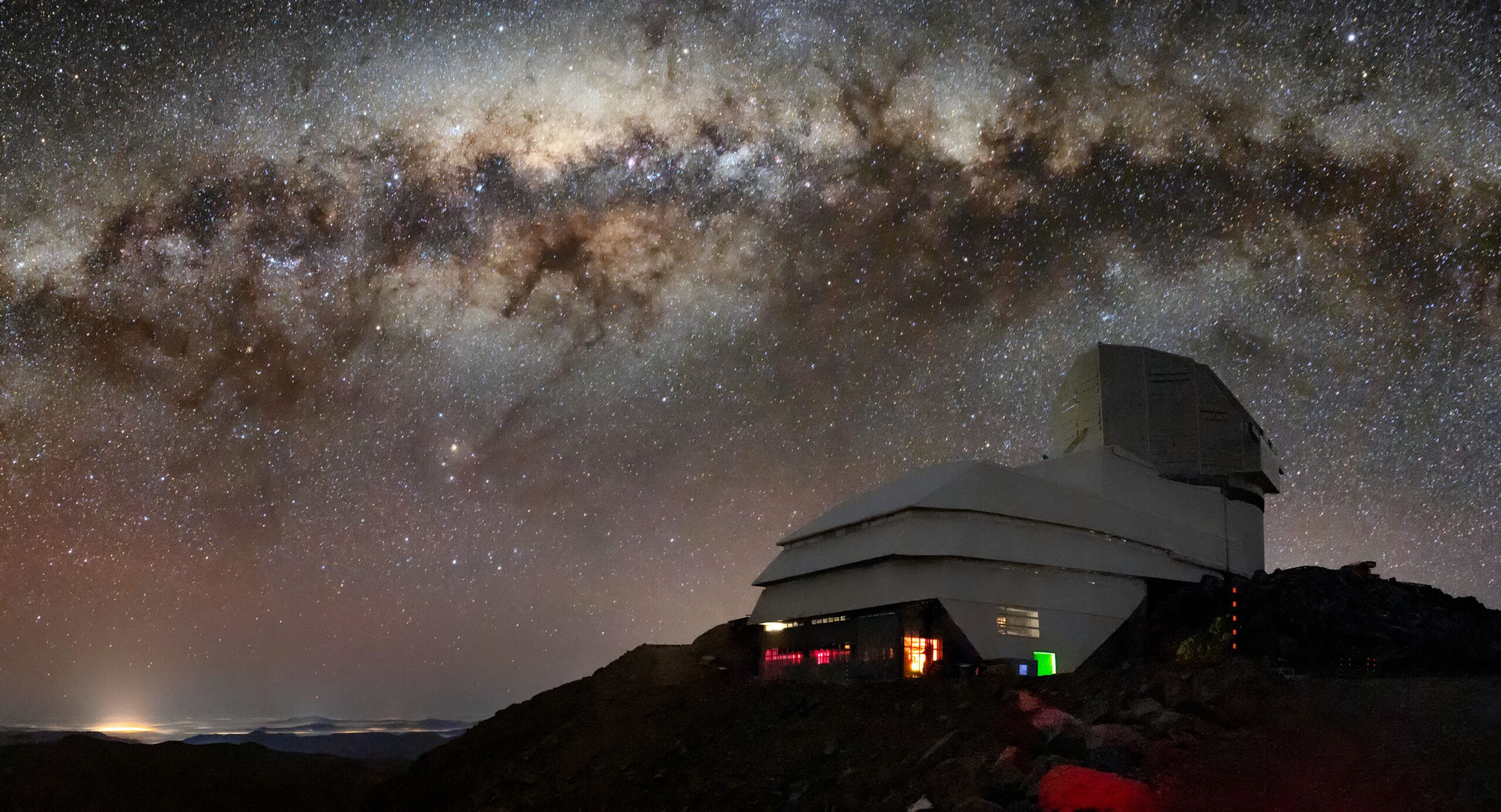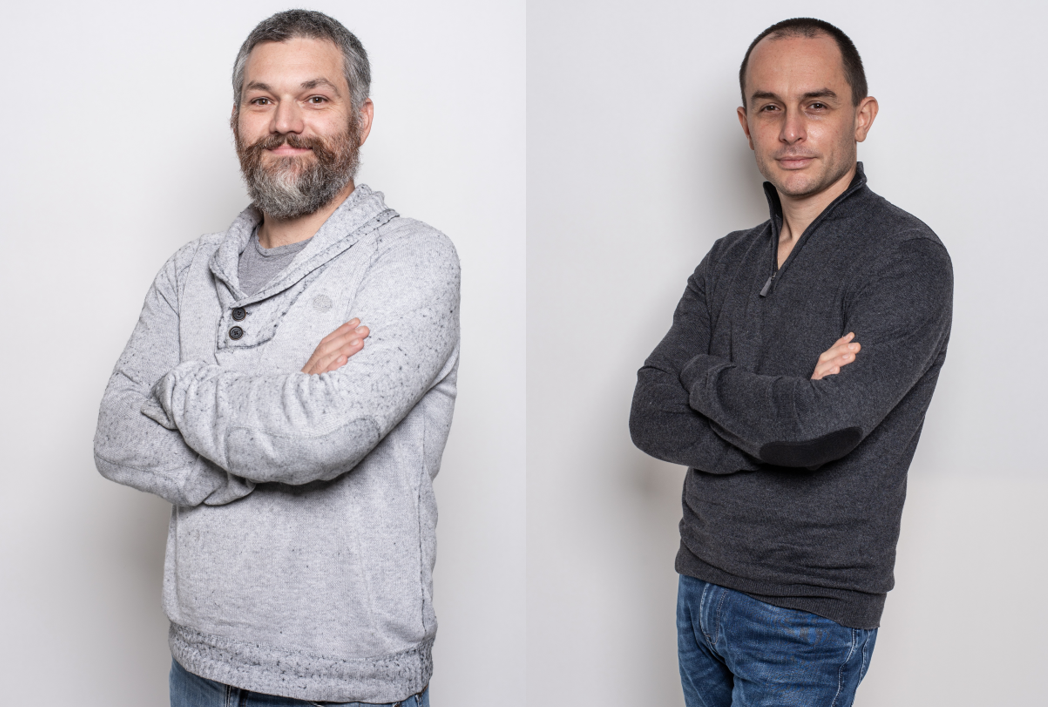
Creating virtual universes: CATA researcher Patricia Tissera obtains important recognition
Professor of the Astrophysics Institute obtained the Dr. Eduardo Charreau Award for Regional Scientific-Technological Cooperation 2022. She has developed pioneering work as a researcher in the area of numerical modeling and supercomputing to understand how our universe was formed, helping to promote Ibero-American scientific cooperation.
By Comunicaciones UC
Patricia Tissera has devoted her career to studying the properties of galaxies, their fundamental relationships and evolution over time. The academic at the UC Astrophysics Institute and researcher at the Center for Astrophysics and Related Technologies (CATA), says that although as a child she was never particularly attracted to telescopes, her early interest in mathematics led her to become an astronomer, working on numerical simulations and “creating” virtual universes.
A complex task that has required coordination with various scientific groups in other countries and the use of powerful supercomputers capable of processing large amounts of data to model and understand the cosmos, pioneering work in Latin America that has been recognized in the 2022 edition of the Dr. Eduardo Charreau Award for Regional Scientific-Technological Cooperation in the category “Career in exact, natural, biomedical and technological sciences”.
The award, granted by the Organization of Ibero-American States (OEI), the Argentine Association for the Advancement of Science (AAPC) and the Interciencia Association (AI), was created in 2020 with the purpose of rewarding the scientific production and cooperation of researchers in the region, paying tribute to Dr. Eduardo Charreau, an Argentine scientist recognized for dedicating a large part of his life to regional integration in science and technology.
As reported by the initiative’s Selection Committee, the judges based their decision on the candidates’ track record of Ibero-American cooperation, the training of new researchers and their scientific production, all areas in which Patricia Tissera has played an outstanding role. “It is a great encouragement to continue our research work, training human resources and contributing to the development of science in our countries,” Patricia Tissera said of the award.
Supercomputing and simulations
The academic completed her undergraduate and graduate studies at the National University of Cordoba, Argentina, and has also studied at prestigious universities such as Oxford and the Autonomous University of Madrid. She says that in the 1990s she began to study different aspects of galaxy formation using numerical simulations, work that she first carried out at the Institute of Astronomy and Space Physics in Buenos Aires.
As she explains, the connection between chemical patterns in the local and high-redshift universe is key to understanding how galaxies formed and evolved over time. “We study the properties of disk-dominated and spheroidal galaxies, focusing on their fundamental relationships and evolution over time, as well as their interaction with the environment. Chemical abundances are used as tracers of galaxy formation and the interaction of galaxies and their environment,” says the researcher.
She played a leading role in important milestones for the discipline in her country, such as the design and implementation of the High Performance Computing System and the formation of the New Argentine Virtual Observatory. “Our work requires access to supercomputers and therefore, we support the development of high-performance supercomputing in Chile, Argentina and the rest of Latin America,” she says.
To carry out this work, collaborative work with research groups in Mexico, Argentina and Brazil has also been key, including the participation of young researchers who are currently leading their own research groups in their respective countries. “These awards serve to make visible the work we do, the young people we train and their own achievements. The impact, the visibility that is gained has repercussions on the people with whom we work and on the institutions that host and support this work,” she emphasizes.
Work in Chile
Based in Chile since 2014, Patricia Tissera currently leads the Computational Galaxy Formation and Evolution group at the Institute of Astrophysics and the UC Astro-Engineering Center. She is also principal investigator of the BASAL-CATA Center of Excellence in the area of cosmology and galaxy formation and co-director of the ERIS Millennium Nucleus, devoted to the development of the phylogenetics of stellar populations in galaxies, a new multidisciplinary area.
From our country she has continued to encourage international collaboration, highlighting her role as coordinator of the Network of Argentine Scientists in Chile (RAChile) of the Roots Program of MINCyT (Argentina), which she leads since 2019.
Author of 237 articles, 117 of them published in mainstream scientific journals, during her career she has received numerous awards for her scientific work, including the L’Oreal-Unesco-Conicet For Women in Science Award (2010 and Honorable Mention in 2008) and the ‘Recognition to outstanding Argentines abroad’, from the Ministry of International Relations and Worship of Argentina (2019).
Regarding the Dr. Eduardo Charreau award, Patricia Tissera highlights the collaboration with research groups at the National Autonomous University of Mexico; the work with researchers from the Institute of Astronomy, Geophysics and Atmospheric Sciences (IAG) of the University of São Paulo, Brazil; as well as the extensive bilateral collaboration between Argentina and Chile, work that has involved young researchers contributing to the formation and consolidation of their scientific careers.
The academic thanked the Institute of Astrophysics, the Faculty of Physics and the Catholic University through the Vice-Rectory for Research, for the support and trust given to apply for this recognition. “The environment created by the institutions and their support are fundamental to achieve an ecosystem that allows them to focus on the development of science, technology and the training of excellent students who are eager to share new challenges”, she concludes.
Recent news
-
 Publicado el: 30/06/2025CATA Director strengthens ties in her second institutional tour
Publicado el: 30/06/2025CATA Director strengthens ties in her second institutional tour -
 Publicado el: 26/06/2025Vera C. Rubin: the telescope that watches the sky and anticipates the future of astronomy
Publicado el: 26/06/2025Vera C. Rubin: the telescope that watches the sky and anticipates the future of astronomy -
 Publicado el: 25/06/2025CATA researchers appointed as Full Professors at Universidad Andrés Bello
Publicado el: 25/06/2025CATA researchers appointed as Full Professors at Universidad Andrés Bello -
 Publicado el: 25/06/2025Study by young Chilean astronomer reveals new key parameter for understanding star formation
Publicado el: 25/06/2025Study by young Chilean astronomer reveals new key parameter for understanding star formation -
 Publicado el: 19/06/2025Rubin: The Universe’s First “Movie” That Will Transform Astronomy
Publicado el: 19/06/2025Rubin: The Universe’s First “Movie” That Will Transform Astronomy
Categories list
- Acknowledgments 18
- Astrobiology 5
- AstroCluster 1
- Black holes 13
- Corporativo 49
- Cosmology 4
- Descubrimientos 19
- Disclosure 45
- Exoplanets 13
- Extension 4
- Galaxies 17
- Galaxies formation 2
- Inter y Transdisciplina 2
- Local Universe 13
- Publications 5
- Sin categorizar 31
- Solar System 11
- Stellar formation 6
- Technology 9
- Technology Transfer 12


